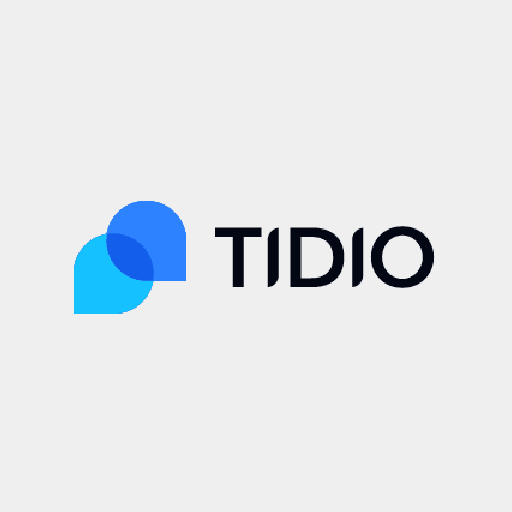In a bid to further meet the demands of developers to develop applications efficiently, at the Huawei Developer Conference HDC2022, Huawei announced the HarmonyOS 3.1 version. The new version makes Huawei fully enter into declarative development featuring declarative UI capabilities, improved layout ability, component capability improvement and others.
The arts development language will be heavily promoted in the HarmonyOS 3.1 release, and there will be over 10,000 ArkTS APIs available. Enhanced declarative UI capabilities, a new application development architecture called the Stage model, and internationalization in DFX are some of the primary API characteristics.
Subsystems’ development, communication, and media software capabilities have all been updated or improved. With the creation of these features, HarmonyOS has completely embraced the declarative phase of the ArkTS language.
HarmonyOS 3.1 Version Key Features
Declarative UI capabilities, better layout capabilities, component capability improvements, and multi-device interaction event normalization are all included in the new Huawei Hongmeng HarmonyOS 3.1.
A declarative UI development framework called ArkUI is used to create the user interfaces of HarmonyOS applications. Through clear and natural UI information description syntax, extensive UI dynamic components and APIs continually improved one-time development and multi-terminal deployment capabilities, and more, it aids in increasing the development efficiency of the HarmonyOS application interface.
It is discovered that ArkUI currently offers rich responsive layout and adaptive layout capabilities, as well as support for more than 70 UI components, including Canvas, XComponent, DatePicker, etc. On the other hand, after the interaction has been normalized, the developer only needs to provide a logical response in the interaction normalization event interface and is no longer concerned with the current device or input device type.
The Stage model is a second application development model introduced by the application development framework as a complement to the FA model. The Stage model contains lifecycle management, scheduling, callbacks, context acquisition, authentication, and other features that significantly improve the application’s ability to be operated and managed.
Redefining the application’s running rules will fundamentally address the issue of background processes preempting system resources. As a result, the number of background processes is decreased, their memory overhead is decreased, their behaviour is more organized, and the resources needed by the foreground process can be fully guaranteed.
The unified multi-device application approach makes it easier to design applications only once and deploy them across multiple terminals. The Stage model’s separation of the window display/focus event from the UIAbility life cycle streamlines the UIAbility model in the multi-device state and encourages the development of multi-device compatible application code that is shorter.




